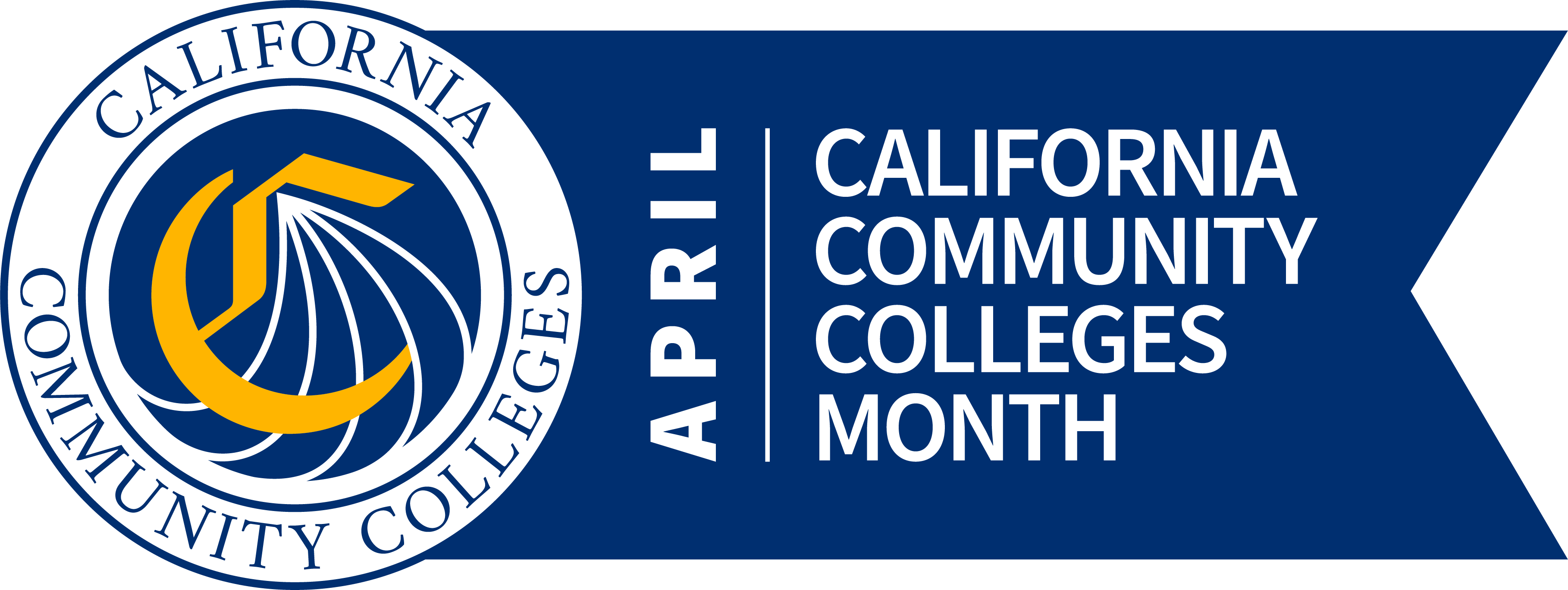March 07, 2019
Christina Jimenez
T 916.322.4004
SACRAMENTO, Calif. — More than half the students attending a California community college have trouble affording balanced meals or worry about running out of food, and nearly 1 in 5 are either homeless or do not have a stable place to live, according to a survey released today.
Nearly 40,000 students from 57 community colleges participated in the assessment of basic needs security released by the California Community Colleges Chancellor’s Office and The Hope Center for College, Community, and Justice.
“California’s community colleges are the primary driver of upward social and economic mobility for millions of residents,” said California Community Colleges Chancellor Eloy Ortiz Oakley. “This new report should serve as a call to action for fixing the state’s outdated financial aid system and expanding need-based assistance for community college students. No student should face hunger or homelessness. California must do better.”
Among the survey’s results:
• A combined 52 percent of students said they either couldn’t afford to eat balanced meals or worried whether their food would run out before having money to buy more.
• Forty-one percent of respondents reported that they skipped meals or ate smaller portions for financial reasons, and 12 percent said they had not eaten for an entire day during the previous month because they did not have enough money.
• Sixty percent of survey respondents said that in the previous year they had experienced housing insecurity, which includes an array of challenges that include an inability to pay rent or utilities, not having a place to stay or needing to move frequently.
• Homelessness, defined as not having a stable place to live, affected 19 percent of survey respondents. The majority temporarily stayed with a relative or friend or couch surfed.
• Thirty-two percent of students said they experienced a rent or mortgage increase that was difficult to meet, 28-percent could not pay the full cost of utilities and 28 percent could not meet their full rent or mortgage obligations.
• Overall, 7 in 10 students responding to the survey experienced food insecurity or housing insecurity or homelessness during the previous year.
“Students across California Community Colleges want degrees. This report demonstrates the importance of improving the distribution of need-based aid and creating supplementary supports, especially for students who cannot access aid,” said Sara Goldrick-Rab, founder, Hope Center for College, Community, and Justice.
The study’s authors drew a strong correlation between food and housing challenges and academic success. For example, students having trouble affording a meal had grades at a C or below at higher rates than students who did not experience food insecurity.
The #RealCollege Survey highlights the need for financial aid reform at the community college level. California’s community colleges offer among the least expensive tuition rates in the country at $46 per unit, but a student living independently must pay more than $20,000 annually when housing, transportation, textbooks and personal items are taken into account. A California community college student receiving the maximum amount of aid possible today still faces a deficit of more than $6,000 each year. And inequities in the current system mean community college students, who comprise about two-thirds of the state’s undergraduates, receive just 7 percent of Cal Grant funds.
Oakley and others say solutions include Senate Bill 291, introduced in February by state Sen. Connie M. Levya, D-Chino, which would establish a California Community College Student Financial Aid program that would base aid on the total cost of attendance, including housing, transportation and textbooks.
The Hope Center for College, Community, and Justice is a Philadelphia-based nonprofit research center founded in 2013 that began as the Wisconsin HOPE Lab. Its studies have drawn a sharper public focus on how the rising costs of basic needs such as food and housing are making it more difficult for college students to concentrate on school.
The California Community Colleges is the largest system of higher education in the nation, composed of 73 districts and 115 colleges serving 2.1 million students per year. California community colleges provide career education and workforce training; guaranteed transfer to four-year universities; degree and certificate pathways; and basic skills education in English and math. As the state’s engine for social and economic mobility, the California Community Colleges supports the Vision for Success , a strategic plan designed to improve student success outcomes, increase transfer rates and eliminate achievement gaps. For more information, please visit the California Community Colleges website or follow us on Facebook and Twitter.

